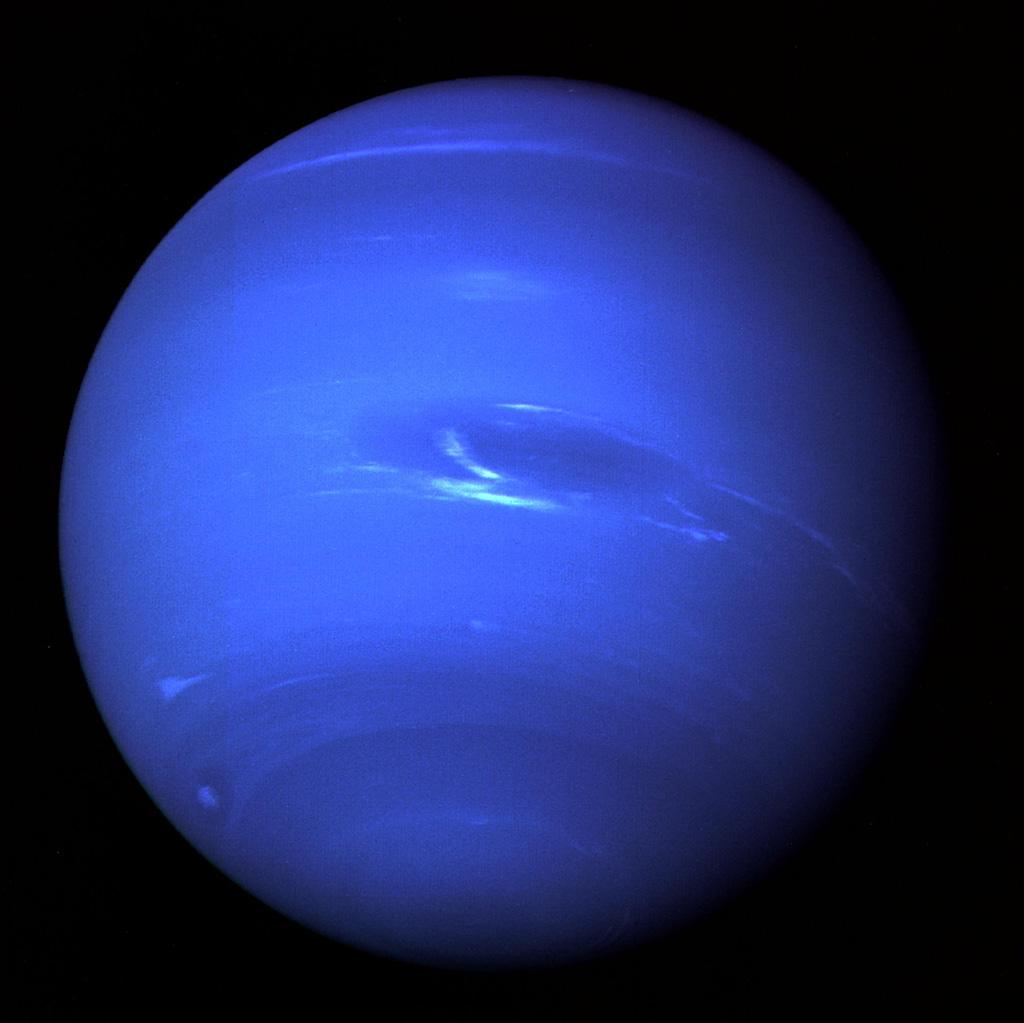Something mysterious is going on inside the ice giant Neptune

When Voyager 2 reached Neptune in 1989 it discovered six new moons, took images of the planet’s rings and noted a particularly violent storm. Astronomers were also surprised to find that, despite being further from the sun than Uranus, Neptune was actually warmer.
“We can only measure temperatures in the outermost layers,” said Michael Wong, a planetary scientist at the University of California, Berkeley, via email. In doing so we find that Neptune isn’t actually hotter than Uranus in real terms — they’re essentially at the same temperature. But since Neptune receives less solar illumination because it’s farther from the sun, this shouldn’t be the case.
Uranus is the oddball here because it doesn’t emit almost twice as much heat as it absorbs, contrary to Jupiter, Saturn, and Neptune. Neptune, even thought it’s further from our star, is finding a way to warm itself up to the level of Uranus, while the latter is unable to generate any extra heat other than that gleaned from the sun.
Yet there is no clear reason why Uranus does not have much of an internal heat source — or any at all. “Something must have stunted this process on Uranus — perhaps due to a collision in its early history that knocked the planet on its side,” said Tollefson. “The question becomes, why does Neptune have an internal heat source but Uranus does not?”
Perhaps it’s because heat is released at varying rates and Uranus is in a quiescent period, perhaps it has to do with the age of each planet.
“On the gas giants there may be significant amounts of helium rain, changing the amount of heat released. For Uranus and Neptune it is possible that they are different ages or, more likely, the event that turned Uranus onto its side may have jumbled its interior structure and/or released heat faster,” said Simon.
Uranus’ winds can blow up to 560 mph and Neptune’s 1,500 mph. “They’re both extremely fast and peak at speeds faster than Jupiter,” said Tollefson. NASA says Jupiter’s Great Red Spot can blow at 384 mph. But he too says internal heat alone cannot explain the speeds, given Uranus does not generate extra heat.
The way the heat from the sun contributes to the winds, how heat exchange works in each planet, and the interaction of those aspects could explain why one generates more heat but it’s still an open question. One thing’s certain though, the fact that planets formed in similar conditions can result in two extremes “helps us constrain models of how these planets form and give clues about the solar system’s overall formation.”





Stay Connected